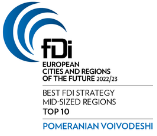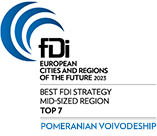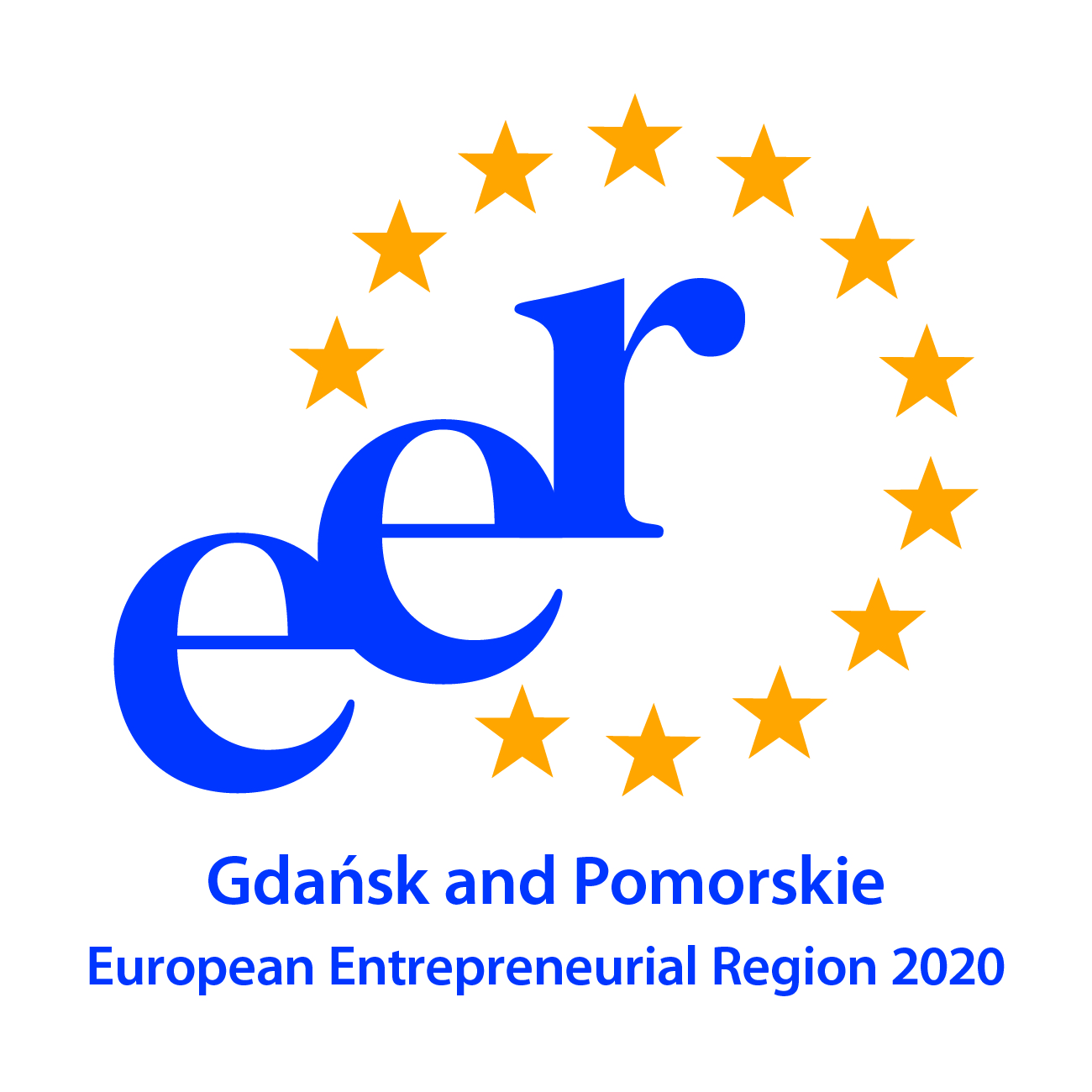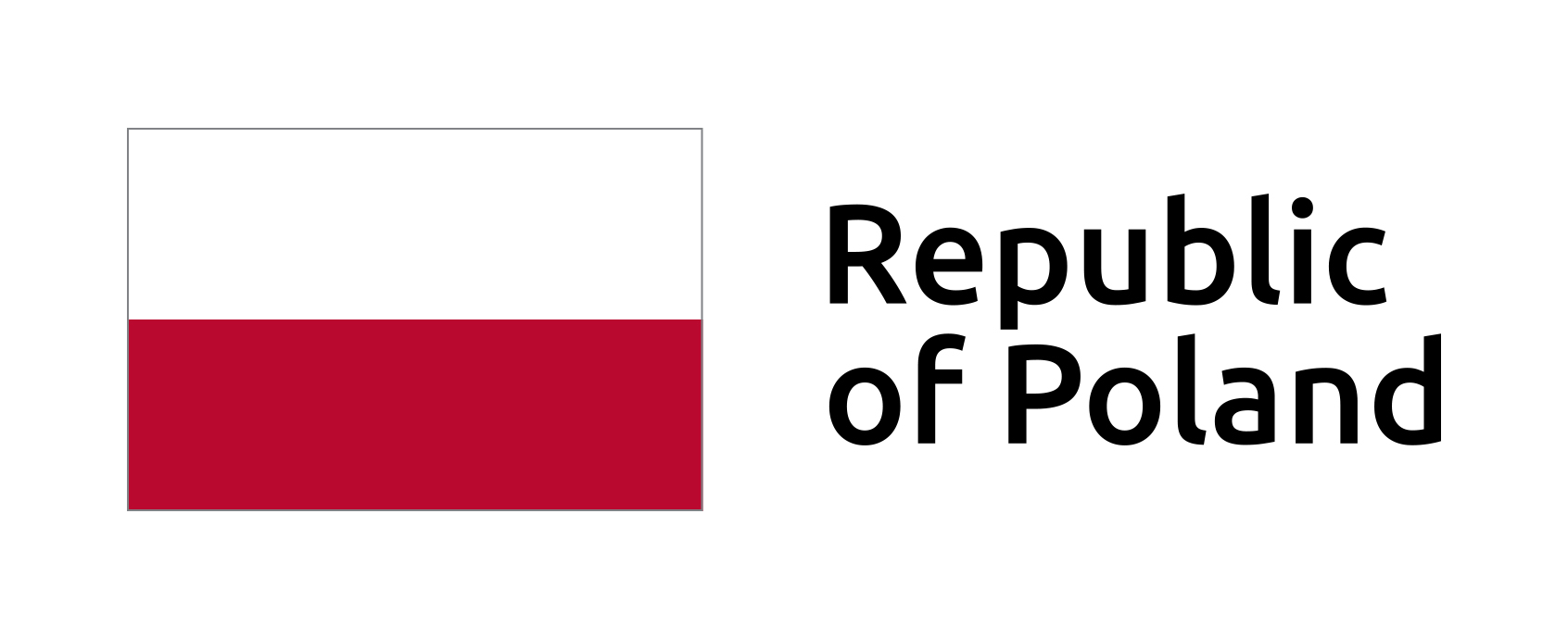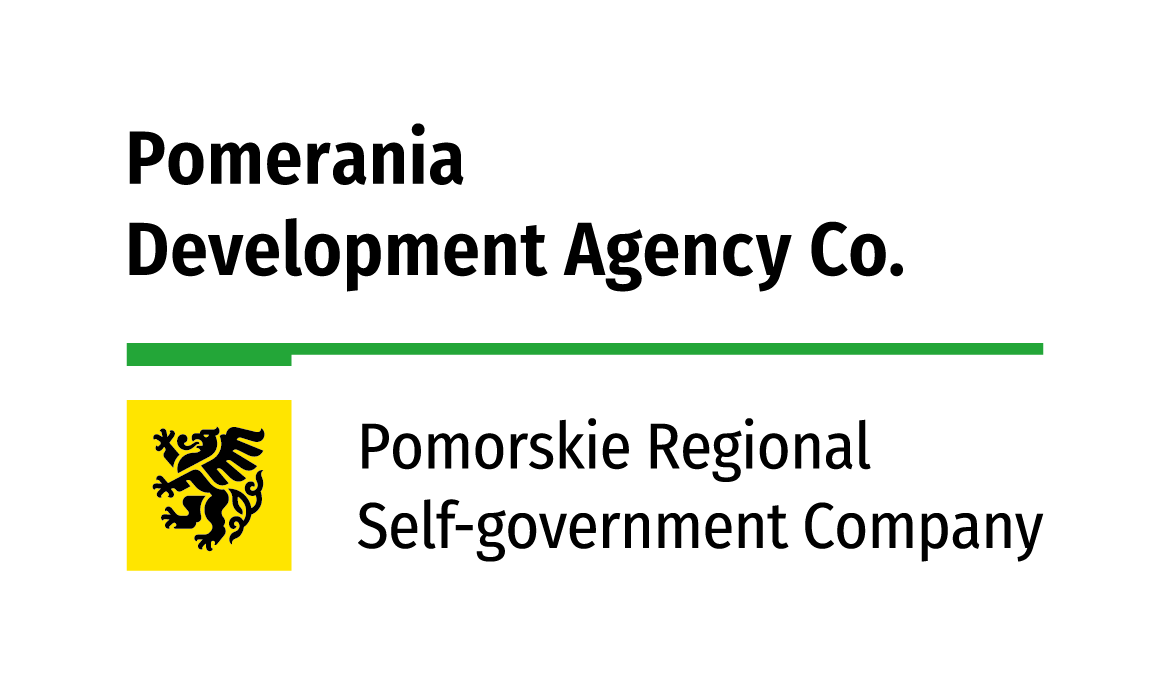From combustion engines to green batteries – the automotive industry is undergoing a revolution. Alongside the transition into e-mobility, the use of autonomous cars powered by artificial intelligence pushes manufacturers to redevelop their solutions and the infrastructure. Thanks to its central location, access to talent, and R&D capacity, Pomerania offers endless opportunities to this end.
E-cars for a greener tomorrow
Climate change triggers governments and entrepreneurs around the world to look for new solutions. The adoption of new policies aiming to reduce the emission of greenhouse gases is just an example. The Norwegian government wants to transition to 100% EVs by 2025 and from 2030, new vehicles powered by petrol and diesel will not be sold in the UK. The automotive industry’s shift towards e-cars is evident in most European countries. As of December 2020, there were over 200,000 plug-in cars registered in Sweden and 300,000 EVs and PHEVs in the Netherlands.
AI solutions
Artificial intelligence solutions not only enable the development of autonomous car systems but also design and manufacturing processes. According to the McKinsey Global Institute, the use of AI could result in more than 20 percent increase in equipment availability and even up to 10 percent lower total annual maintenance costs. And this is only the tip of the iceberg. Machine learning in the automotive industry is used primarily to assist drivers in safe and efficient transport and introduce fully autonomous cars requiring no backup drivers.
E-hailing and car sharing
A 2020 study by FutureBridge shows that E-hailing technologies are the most promising cluster of the mobility sector, receiving the majority of funding over the last decade. This market is driven by emerging companies, however, traditional car manufacturers are also uniting with technology enablers and other stakeholders to develop new solutions for e-hailing, car sharing, and driverless transport.
The impact on FDI
“Build where you sell” is the adage of many car production companies looking for ways to avoid tariffs. BMW is planning to open its new factory in Hungary to expand manufacturing in Europe, a market for 45% of its cars. Volkswagen started making new-generation e-Crafters last year in its plant in Września, Poland. In Pomerania, new automotive investments are triggered by the growing need for e-cars and batteries. Being the main CEE’s automotive and IT hub, Tricity has attracted many foreign companies such as Northvolt or Aptiv, which benefit from the region’s location, infrastructure, and talent pool.
Electromobility, autonomous-driving, or hydrogen solutions are the future of the broadly understood automotive industry, which has long been the economic pillar of Poland. The changes that have been observed in this industry in recent years provide an opportunity to further strengthen Poland’s position in the international value chain. The emergence of completely new, big players on this market also opens up new opportunities for regions of the country so far not traditionally related to the car industry. I hope that the cooperation of, among others, Gdańsk University of Technology with foreign investors will contribute to technology transfer and talent development and will lead to the creation of new R&D centers of the industries of the future – comments Marcin Fabianowicz, Director at the Centre for Strategic Investments in the Polish Investment and Trade Agency.
Our automotive report 2021, an in-depth look into the automotive sector in Pomerania, will be released on 18 May 2021. We will update this link then.











